| Seite 2 |
The German Alphabet and Pronunciation
You must be able to pronounce the German letters. There are 30 letters in the German alphabet. Most of the letters look like those in English, but the pronunciation of most is also different. You must be able to spell any word using the German pronunciations of the letters of the alphabet.
Cognates |
Übung 1-2a: German Pronunciation and Cognates. Complete the assignment linked here and bring the written assignment to class. Later submit the completed assignment on BOLT.
Link zur Aufgabe (Link to the Assignment) "Cognates"
| A a | "ah" as in father | B b | "bay" as in baby | C c | "tsay" as in cents | D d | "day" as in date |
| E e | "aye" as in ale | F f | "ef" as in father | G g | "gay" as in great (never as in gender) | H h | "hah" as in hairy |
| I i | "ee" as in need | J j | "yote" as in yes | K k | "kah" as in Kate | L l | "el" as in like |
| M m | "em" as in Mary | N n | "en" as in Nancy | O o | "oh" as in over | P p | "pay" as in Paul |
| Q q | koo as in cool | R r | "air", but different from the English "r" | S s | "es" as in same - But! before the letters "t" and "p" pronounced as "sh": Spiel = "shpeel" | T t | "tay" as in time |
| U u | "oo" as in tube | V v | "fau" pronounced like the English "f" | W w | "vay" pronounced like the English "v" | X x | "eeks" usually sounds like "ks" as in flex |
| Y y | the letter is pronounced "oopsilon" "Y" is not a native letter for German. It is pronounced usually like the "ü" or in foreign words as an "ee" (Handy) |
Z z | "tset" as in fats | Ä ä | "ah-umlaut" pronounced "ay" (ähnlich) but can sound like "eh" (Äpfel) | Ö ö | "oh-umlaut" pronounced "eer" close to the "ir" in "flirt but really not like any sound in English. |
| Ü ü | "oo-umlaut" pronounced with the lips pursed and saying "ee" | ß | This letter is equivalent to a double "ss". It is pronounced "es-tset", and actually was originally the combination of "s" and "z". | ||||
So the word "hallo" is spelled "hah-ah-el-el-oh" and the word "Butter" is spelled "bay-oo-tay-tay-aye-air".
Go to this link for a detailed explanation of the pronunciation of the German alphabet, along with sound recordings of the letters: The German Alphabet
Here is a summary pronunciation of all the letters: Pronunciation of German Alphabet
Watch this video: Das Alphabetlied
| Note on Pronunciation: At the beginning of a word, the letter combinations "sp" and "st" are pronounced "shp" and "sht", so that the verb "spielen" (to play) is pronounced [shpeelan] and "stehen" is pronounced [shtayhen]. |
Culture Notes | |
 |
Sütterlinschrift is the last widely used form of Kurrent, the historical form of German handwriting that evolved alongside German blackletter (most notably Fraktur) typefaces. Graphic artist Ludwig Sütterlin was commissioned by the Prussian Ministry of Science, Art and Culture (Preußisches Ministerium für Wissenschaft, Kunst und Volksbildung) to create a modern handwriting script in 1911. His handwriting scheme gradually replaced the older cursive scripts that had developed in the 16th century at the same time that letters in books had developed into Fraktur. The name Sütterlin is nowadays often used to refer to all varieties of old German handwriting, although only this specific script was taught in all German schools from 1915 to 1941. |
Übung 1-2b: Buchstabieren (spelling). Wie schreibt man das? (How do you spell that?). Be able to spell your first and last name in German. Ask three people in class what their names are: "Wie heißt du?" then ask "Wie schreibt man das?" Give first and last names. Use only the German pronunciation of the letters.
Übung 1-2c: Important German Abbreviations: Practice and be able to pronounce the following acronyms in German. Ask others what the acronyms mean: Was ist das? (Point to the picture.) Answer: Das ist Ah-day-ah-tsay.
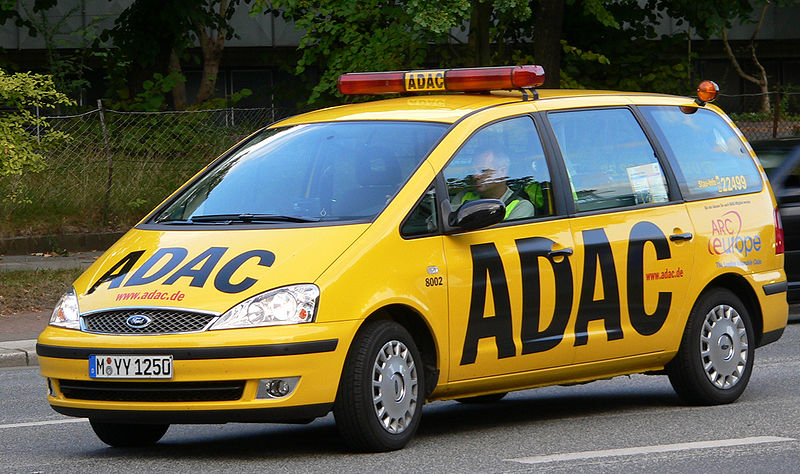
Mein Auto ist kaputt! Ich rufe ADAC! (Allgemeine Deutsche Automobil-Club: General German Automobile Club)
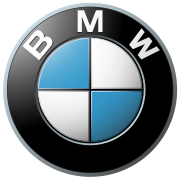
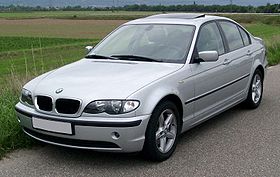
Der BMW ist teuer! (Bayerische Motorwerke: Bavarian Motorworks)
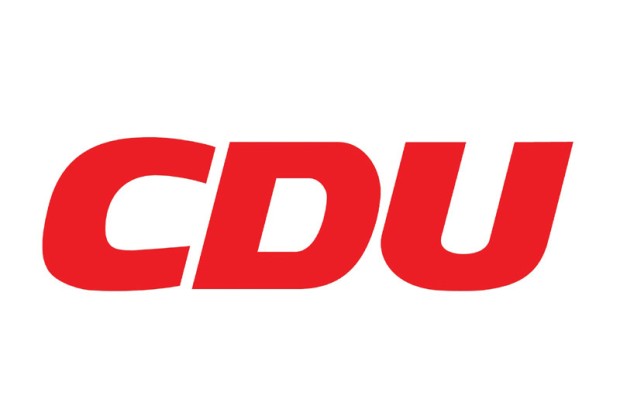
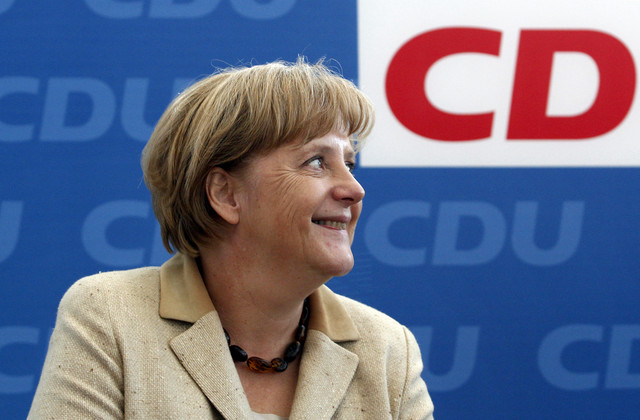
Die CDU ist die Partei von Angela Merkel. (Christlich Demokratische Union: Christian Democratic Union)
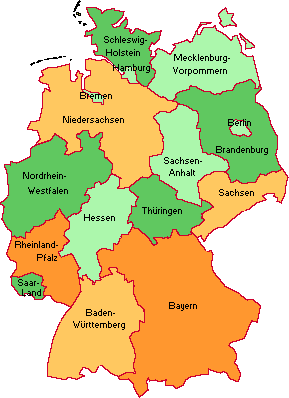
Heike kommt aus der BRD. (Bundesrepublik Deutschland: Federal Republic of Germany)
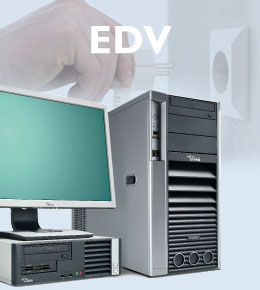
Stefanie studiert EDV. (Elektronische Datenverarbeitung: electronic data processing--computer science)

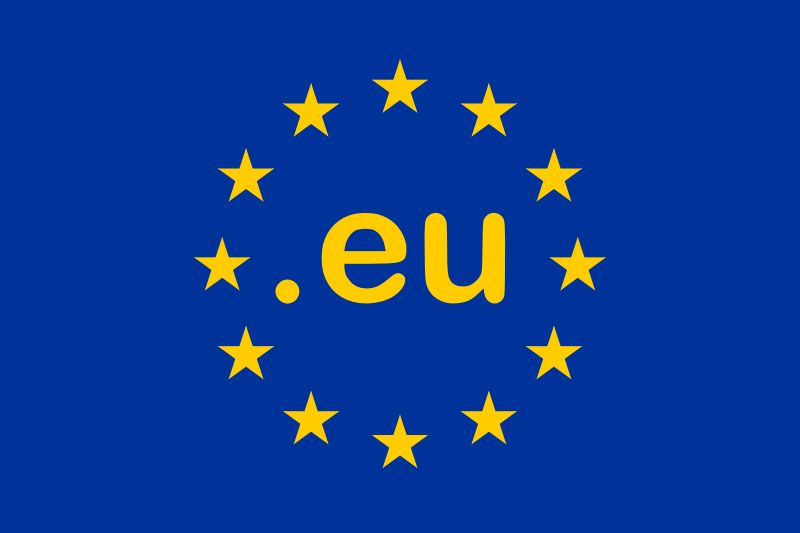
Die BRD ist in der EU. (Europäische Union: European Union)
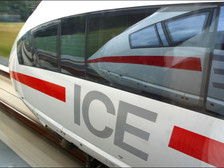
Der ICE ist schnell! (Intercity Express)
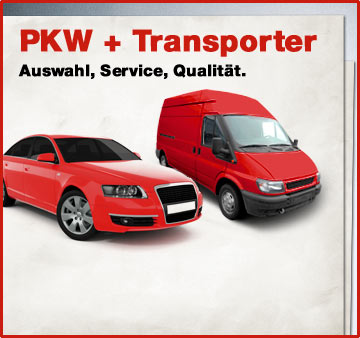
Ein PKW ist ein Auto. (Personenkraftwagen: literally "person power wagon", PKW is the official term for a car.)

Die SPD ist auch eine politische Partei. (Sozialdemokratische Partei Deutschlands: Social Democratic Party of Germany)
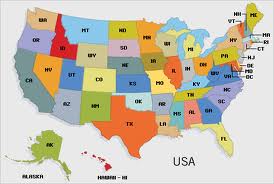
Mary kommt aus den USA. (USA is always plural)

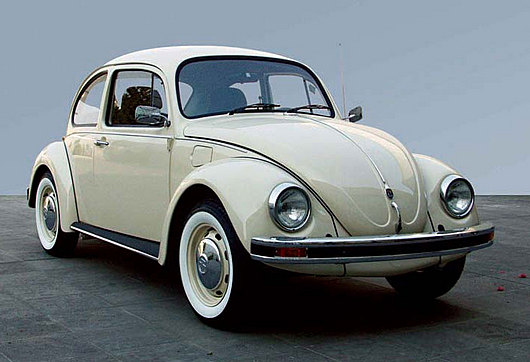
Der VW ist auch ein Auto. (Volkswagen)
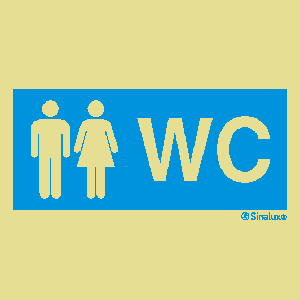
Ahhh! Wo ist das WC?! Wo sind die Toiletten? (Borrowed from the British "water closet")
Übung 1-2d: Musik-Video
- Watch the official version of the music video all the way through. Except for the chorus, almost the entire song is a list of acronyms.
- The second version replaces the video with the lyrics. The lyrics are also linked under #3 below.
- Complete the assignment "MfG" on BOLT.
- Die Fantastischen Vier: MfG (original)
- Die Fantastischen Vier: MfG (spelled out)
- Text zu Die Fantastischen Vier: MfG (text)
Übung 1-2e. Partnerarbeit: Abkürzungen Complete the worksheet "Abkürzungen". Part A is below. Part B is on "Seite 11".
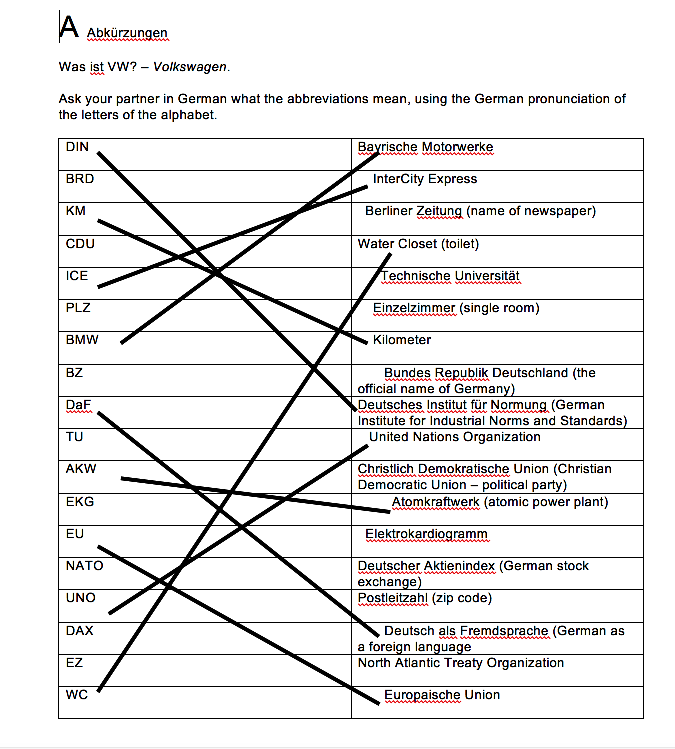
- Textbook Introduction
- Kapitel 1: Seite 1 (page 1)
- Kapitel 1: Seite 2 (page 2)
- Kapitel 1: Seite 3
- Kapitel 1: Seite 4
- Kapitel 1: Seite 5
- Kapitel 1: Seite 6
- Kapitel 1: Seite 7
- Kapitel 1: Seite 8
- Kapitel 1: Seite 9
- Kapitel 1: Seite 10
- Kapitel 1: Seite 11